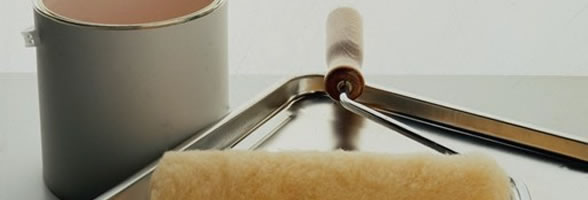
Articles Zone
Mold: Use Your Eyes and Your Nose
31/01/2009 17:22
High profile mold cases with million dollar price tags regularly make the evening news. Dramatic stories of entire houses or buildings dripping with mold or sickening the occupants are alarming. While your home may not be covered with black mold, you may still have a problem. It’s best to mitigate mold before it has a chance to cause damage or health problems. Here are a few tips to spot a mold problem before it escalates to the point where you can’t ignore it any longer.
Use Your Nose
Mold has a distinctive “musty†odor. If you walk into a room and it smells musty, you have mold. Use your nose to find the source of the mold. Because you become acclimated to smells within your own home, close up the house for several hours and leave. Better yet, schedule a weekend getaway and do the “smell test†upon your return. Before the test, make sure not to wear any fragrance that will interfere with your smelling abilities. Go from room to room sniffing for mold. Common mold infested areas include bathrooms, basements, and laundry rooms.
If a room smells musty, play the “hot†and “cold†game. As you move toward a new area of the room, does the musty odor smell stronger? If so, you’re getting “hot.†If not, you’re getting “cold.†Close your eyes as you inch your way toward the smell. Doing so allows you to focus on your sense of smell while also preventing you from focus on areas that you may have preconceptions about.
Use Your Eyes
Now that you’ve pinpointed the general area, use your eyes and inspect the area for visible signs of mold. While most people think of mold as being black, it comes in a variety of colors including white, gray, yellow, green, and others. If you’ve ever left food in the refrigerator too long, you’ve likely seen a palette of mold colors. Keep an open mind and look for spots of mold.
After visually inspecting the area for mold, use a flashlight. Shine the light at an angle and inspect the surface from the same angle. This helps you to see harder-to-spot mold growths. For example, white mold on a white surface tends to blend in and be difficult to see.
Feel for Mold
Use your fingertips to feel the surface. Do this with your eyes opened as well as closed. Mold may feel fuzzy or slimy. If the surface is smooth and you come to a rough patch, stop and inspect it as mold may be present.
Peel Back the Layers
Mold is often present where we can’t see it. It could be growing beneath your rugs or behind your wallpaper. If possible, peel back the layers to search for mold. For example, if you remember a water pipe break mishap and you smell mold in the general area of the flood, peel back the carpet where the flooding occurred.
Mold gives clues to its presence with a strong odor being one of the most reliable ones. If you smell mold, it’s time to pinpoint and eliminate it.
By: Mr. Mark Decherd
—————
